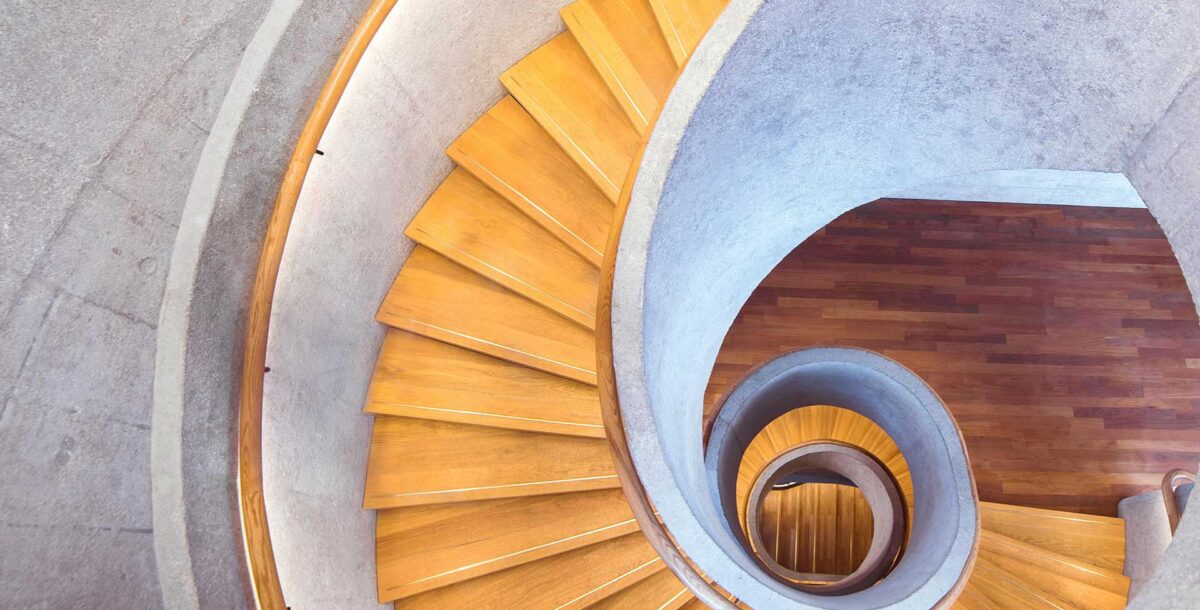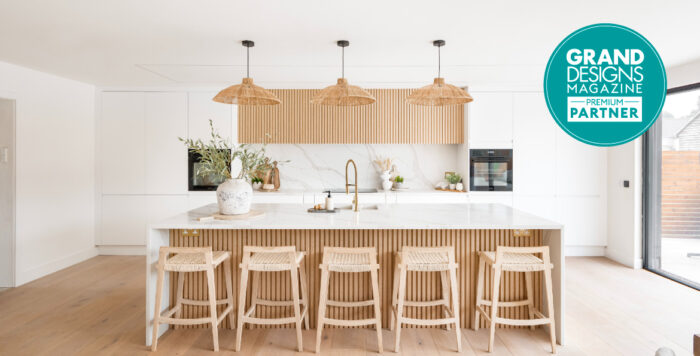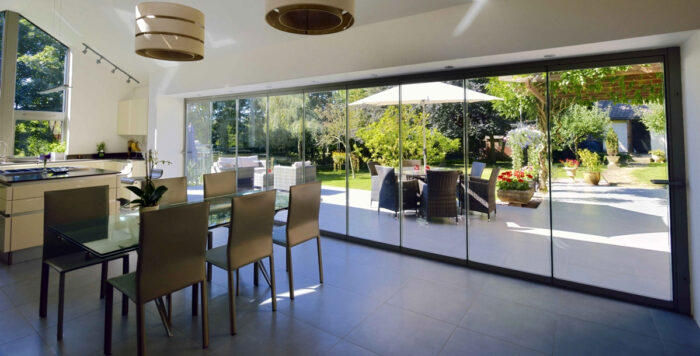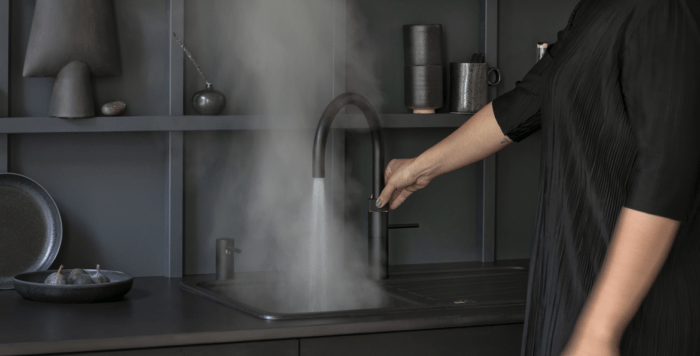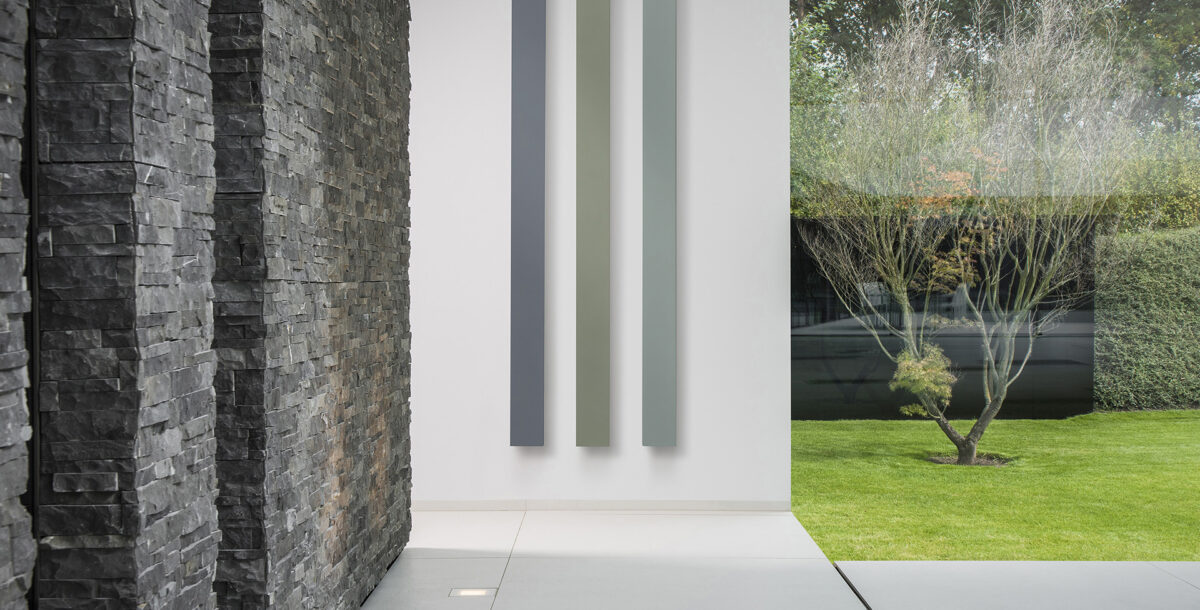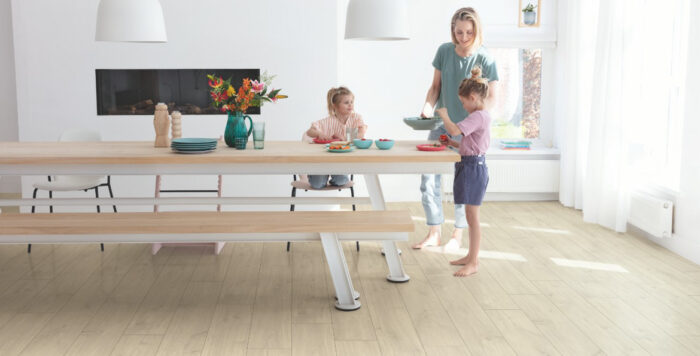4 pitfalls to avoid with architectural salvage
Architectural salvage is a striking, eco-friendly choice for your project
If you want to include genuine period details and materials recovered from old buildings in your design, follow these helpful tips to avoid potential problems.
Reclaimed, salvaged materials are not only a strong aesthetic choice, but also a chance to re-use something that may otherwise end of in landfill.
However, the use of reclaimed materials can have its challenges in a build or renovation project. We’ve outlined a handful of potential pitfalls when using architectural salvage, and how you can avoid making these mistakes.
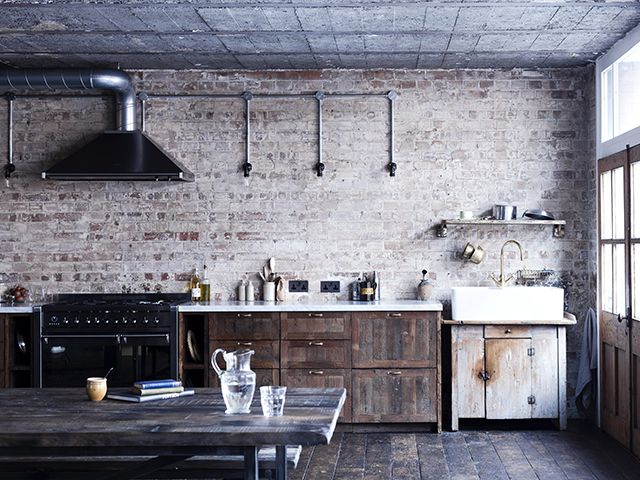
Image: Mark Lewis Interior Design, kitchen cabinets made from salvaged pine boards, from £75 per sqm
Factor into your build time
When you’re working to a strict timeline, it’s key to anticipate that sourcing reclaimed materials doesn’t work to the same schedule as ordering of the shelf products. Letting your architect/construction team know that you want to use a salvaged material from the outset is a good idea, so that they can keep this in mind for future deadlines – they may also be able to help you source them.
Buy from a reputable source
Choosing a trustworthy salvage dealer is not just about making sure that your purchase is authentic and functioning, but also that it hasn’t been removed or stolen from buildings without permission. Salvo Code members are pledged to a guideline of ethics that helps stop illegal architectural salvage theft, and Salvo also provides an online marketplace for dealers.
Choose restored radiators
Unless you’re an expert, you should take care when reclaiming radiators from salvage, as you’ll need to check that they’re in full working order. Before restoration, radiators may have hidden cracks or corroded gaskets, which can be irksome to repair and may not be noticeable until the restoration process begins.
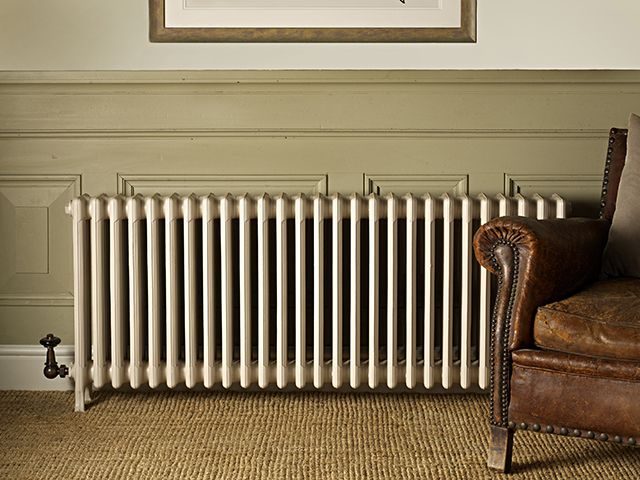
Photo: The Old Radiator Company
Be safety conscious
When choosing objects that have not been professionally restored, it’s important to be conscious of how degradation of reclaimed materials may affect it’s safe use in your property. Lighting, for example, should be re-wired and professionally PAT tested, according to Chris Miller, co-founder of Skinflint Designs. You should also avoid buying lighting with rusted fittings that may continue to degrade and become a hazard.
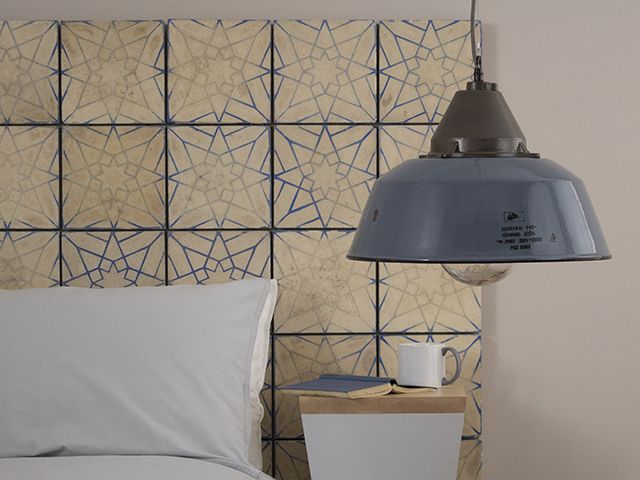
Photo: Skinflint Design




